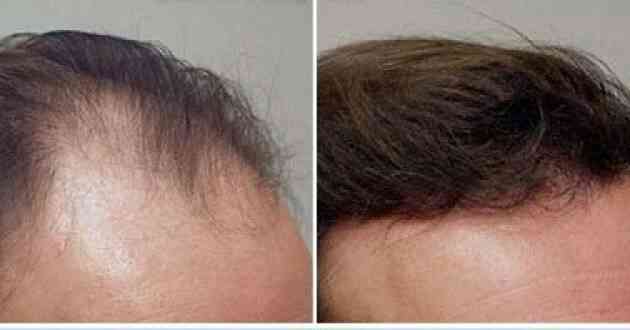Hair Loss Treatment Cost, Procedure, And Side Effects

Our stressed-out lifestyle and the environmental conditions have made us more prone to hair-related problems, including
Our stressed-out lifestyle and the environmental conditions have made us more prone to hair-related problems, including hair loss. Almost one-third of the human population is suffering from hair fall. The primary cause of this problem is due to stress, pollution, water quality, lifestyle, genetics, and various other factors.
A hair transplant can permanently solve your hair loss and baldness problems. It provides you with the most natural-looking results.
It is mandatory to determine the root cause of the hair problem and then go for appropriate treatment. Doctors specializing in hair treatment take feedback regarding your family history and health issues before suggesting a hair fall treatment.
Hair Loss Treatment
There are various methods of dealing with the issues. Some of the most common are:
- Medication Options
According to the Food and Drug Administration (FDA), two approved medications can help treat hair loss.
- Minoxidil: It is available in a liquid or as a foam form. It must be applied to the scalp twice daily to help cure the hair problem. Minoxidil usually takes 4 to 6 months when you can see improvements in hair growth. However, results largely depend upon the severity of your hair problem.
- Finasteride: This is an oral medicine that you have to take daily. It takes at least three months before you see results. In many cases, it may take up to 1 year to get desired hair growth. Again, results depend on the condition of your baldness and the severity of your hair loss.
These medicines are recommended by doctors and used by a majority of people. But, you should always consult your doctor before taking any drug.
- Hair Transplants
When drug therapy fails, you can opt for hair transplant procedures. There are two main types of hair transplants.
- Follicular Unit Transplantation (FUT): This type of treatment is most common and involves removing skin from the scalp where hair is abundant. Then, the follicles from that strip of skin are removed and reinserted into the part of the bald scalp.
- Follicular Unit Extraction (FUE): In the process, a surgeon removes hair follicles directly from the scalp and transplants them to the bald parts of the scalp.
- Lifestyle Changes
Changing certain lifestyles can also help prevent hair loss. For example:
- Quit Smoking: Smoking affects hair growth and has many other adverse health effects.
- Scalp Massage: Massage is good therapy and can even help with hair loss.
- Diet: Consider taking a balanced diet with fruits, vegetables, and a lesser amount of fats.
- Stress: Lead a healthy life and reduce stress. Regular exercising is an excellent anti-stress idea.
The procedure of Hair Transplant
Hair transplant or hair grafting is the most common method of hair loss treatment. During this surgery, the surgeon will cut tiny pieces of the scalp containing healthy hair. They can use a small round punch to remove skin containing 10-15 hair strands. Doctors can also consider applying the micro-graft technique where 1-2 hair follicles are grafted.
The overall surgery procedure can take several hours, depending on the quantity of hair required to be moved. Most of the time, the patients stay awake during the process, but they are given medication to numb the scalp. You may have to undergo several hair transplant procedures depending on the baldness of your scalp.
Cost of Hair Transplant in India
The cost of a hair transplant depends on the type of surgery and the doctor you want to engage. However, the price starts from Rs 25,000 and can go up to Rs 1 lakh when the transplant for the entire head is done. The standard method to calculate the hair transplant is per graft basis.
Alternative Payment Options for Hair Transplant
If the expenses are a concern for your hair transplant procedure, you can apply for a medical loan. GMoney offers a loan for your medical treatment. These loans are treated as an advance against your medical insurance, which you can pay in easy EMIs. You can also apply for a GMoney digital health card to help you pay for medical expenses that are not covered under your health insurance cover.


